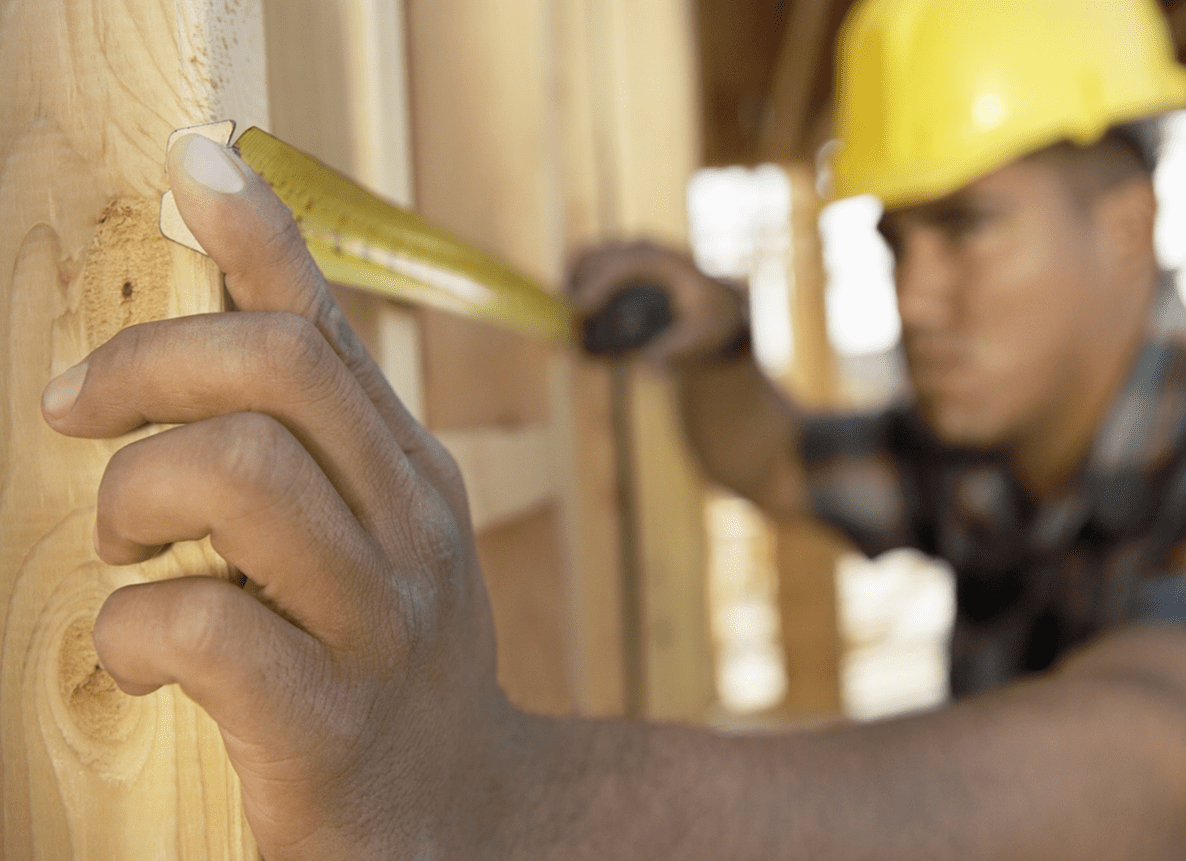A summary of the list of recommendations on the implementation of the OBBBA in Colorado regarding public benefits systems and work requirements.
Recent articles
CCLP testifies in support of Colorado’s AI Sunshine Act
Charles Brennan provided testimony in support of Senate Bill 25B-004, Increase Transparency for Algorithmic Systems, during the 2025 Special Session. CCLP is in support of SB25B-004.
Coloradans launch 2026 ballot push for graduated state income tax
New ballot measure proposals would cut taxes for 98 percent of Coloradans, raise revenue to address budget crisis.
CCLP statement on the executive order and Colorado’s endless budget catastrophe
Coloradans deserve better than the artificial budget crisis that led to today's crippling cuts by Governor Jared Polis.
Let’s build an economy that works for everyone

What should an economic recovery look like in Colorado? Is it a period of prosperity during which everyone in the state has a chance to work, build their economic security and provide for their families’ needs? Or is it a time when peoples’ wages stagnate, Coloradans struggle to make ends meet and only those in the very highest salary tiers benefit financially?
I’d like to think that any reasonable person would say the former, but the latter scenario represents how Colorado’s economy has played out during the past five years, according to findings from the State of Working Colorado 2015-16 report. Yet, economists are calling the past five years an economic recovery.
Published annually by the Colorado Center on Law and Policy, the State of Working Colorado is a collection of critical data designed to look beyond broad-based indicators to better understand how the economy is working for Coloradans across the economic spectrum.
The report acknowledges that Colorado’s economy has been expanding by a number of measures since 2009. In short, unemployment is way down and productivity is way up. While that should be a cause of celebration for Coloradans, those metrics only tell part of the story. Whether or not we’re in recovery mode, the fact remains that a vast majority of Colorado workers simply have not enjoyed broadly shared prosperity from the so-called economic expansion.
Among the report’s findings:
- Job growth in Colorado lags population growth and is concentrated in low-wage jobs. While it’s true that the unemployment rate has declined, most of the job growth in Colorado has occurred in occupations that pay below the self-sufficiency standard required to cover basic needs such as housing, transportation, childcare, insurance and taxes. Also, to keep pace with its rapid population growth, Colorado needs to create 140,600 additional jobs.
- Despite low unemployment, there are still significant signs of slack in the labor market. In 2014, 81 percent of the prime working-age population in Colorado was employed – still nearly 3 percentage points lower than the pre-recession high. Meanwhile, even amid a recovering economy, too many workers are still “settling” for part-time jobs that don’t provide sufficient pay or benefits.
- Wages continue to stagnate for most Colorado workers as productivity rises. Apart from those on the upper end of the salary curve, very few Coloradans are really feeling the economic recovery that officially began five years ago. In fact, the report shows that Coloradans are essentially working more for less. Productivity has grown by nearly 30 percent in Colorado since 2000 while the median wage has stalled over the same period of time.
- People of color and women still experience huge disparities in terms of opportunity and pay. The white median household income in Colorado was $67,360 compared with the Latino median income of $44,174 and the black median income of $41,743. Meanwhile, women earn less than men at every educational level, and the gap widens as education level increases. Colorado women age 25 and older earned only about 79.6 percent of men’s median income. Assuming progress continues the disparity in earnings between men and women in Colorado will not close until 2057.
In a nutshell, this report reveals alarming and widening disparities along ethnic, cultural, social and gender lines – signifying a growing crisis of income inequality that must be fixed if the economic recovery is to be real, meaningful and enduring.
If there’s a silver lining in this report, it’s that good policy could help break the cycle of wage stagnation that endangers the long-term prosperity and wellbeing of Colorado. Raising the minimum wage in Colorado (or letting municipalities set their own minimum wage) would be one step in the right direction. But that would not address the changed composition of the job market. We should expand skills training for those who have been out of work for long periods of time, target resources at the most challenged population, and make sure child care is available for single parents so they attend school. We should also invest public money into affordable housing so that the large number of rent-burdened low-income households are able to pay rent and provide for their families. Outside of state level policies, larger changes in our economy are needed so that workers are able to realize some of the wealth being created by increases in their productivity.
With the 2016 legislative session fast approaching, we hope the State of Working Colorado 2015-16 will spur a dialogue between workers, employers, policymakers and lawmakers. Ultimately, we want to inspire polices and ideas that bridge the gaps in the economy and help working families achieve the economic security their hard work has earned.
– Claire Levy
